
Senior physics writer Emily Conover joined Science News in 2016. She has a Ph.D. in physics from the University of Chicago, where she studied the weird ways of neutrinos, tiny elementary particles that can zip straight through the Earth. She got her first taste of science writing as a AAAS Mass Media Fellow for the Milwaukee Journal Sentinel. She has previously written for Science Magazine and the American Physical Society. She is a two-time winner of the D.C. Science Writers’ Association Newsbrief award, and a winner of the Acoustical Society of America’s Science Communication Award.

Trustworthy journalism comes at a price.
Scientists and journalists share a core belief in questioning, observing and verifying to reach the truth. Science News reports on crucial research and discovery across science disciplines. We need your financial support to make it happen – every contribution makes a difference.
All Stories by Emily Conover
-
 Astronomy
AstronomyHere’s why humans chose particular groups of stars as constellations
Distances between stars, their brightnesses and patterns of human eye movement explain why particular sets of stars tend to be grouped together.
-
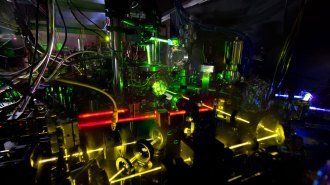 Physics
PhysicsAtomic clocks take a step toward redefining the second
Measurements of the clocks’ frequencies provide the most precise clock comparisons yet, with uncertainties less than a quadrillionth of a percent.
-
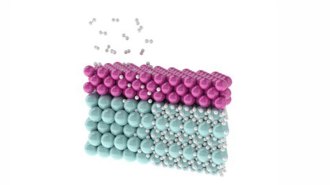 Physics
PhysicsCan room-temperature superconductors work without extreme pressure?
The next generation of materials that conduct electricity with no resistance could shrug off the need for high pressure and low temperatures.
-
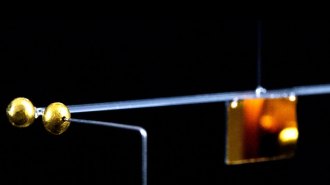 Physics
PhysicsA tiny gold ball is the smallest object to have its gravity measured
A gold sphere with a mass of about 90 milligrams pulled on another sphere in accordance with Newton’s law of universal gravitation.
-
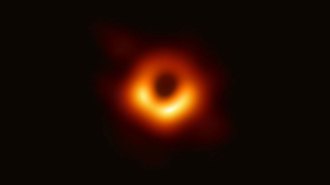 Physics
PhysicsBlack hole visionaries push the boundaries of knowledge in a new film
‘Black Holes: The Edge of All We Know’ follows researchers with the Event Horizon Telescope and other physicists working to understand black holes.
-
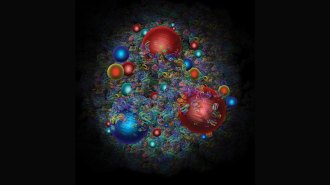 Particle Physics
Particle PhysicsProtons’ antimatter is even more lopsided than we thought
The SeaQuest experiment finds that down antiquarks within the proton are more prevalent than up antiquarks.
-
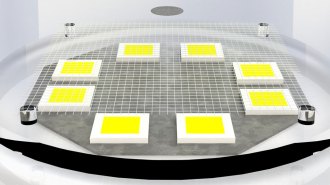 Physics
PhysicsTiny, sunlight-powered aircraft could soar beyond airplanes’ reach
Microfliers levitate when hit with light, in conditions like those high in Earth’s atmosphere.
-
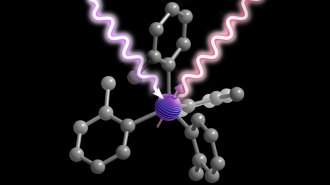 Quantum Physics
Quantum Physics‘Designer molecules’ could create tailor-made quantum devices
Scientists are making molecules suited to a variety of quantum tasks by building them up, atom by atom.
-
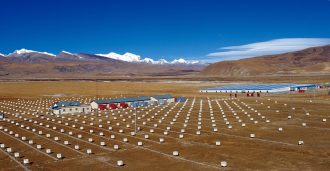 Physics
PhysicsThe Milky Way’s newfound high-energy glow hints at the secrets of cosmic rays
Gamma rays with energies approaching a quadrillion electron volts emanate from the disk of the Milky Way.
-
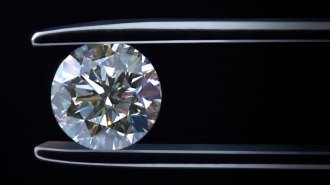 Physics
PhysicsDiamond holds up at pressures more than five times those in Earth’s core
Even when pummeled with lasers, diamond retains its structure, which could reveal how carbon behaves in the cores of some exoplanets.
-
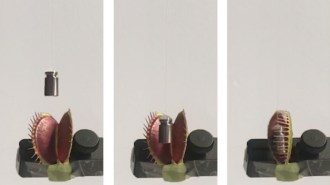 Tech
TechA robot arm toting a Venus flytrap can grab delicate objects
By attaching electrodes to the plant’s leaves, researchers found a way to snap its traps shut on command.
-
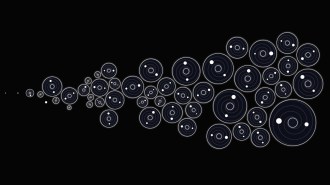 Physics
PhysicsExplore every gravitational wave event spotted so far
This interactive visualization reveals the diversity of smashups that generate gravitational waves.